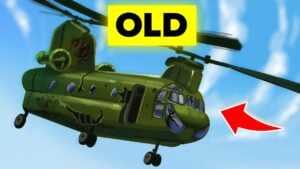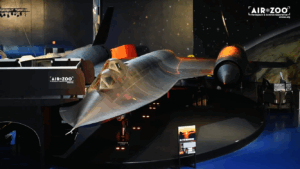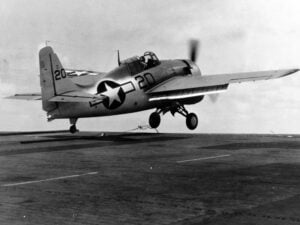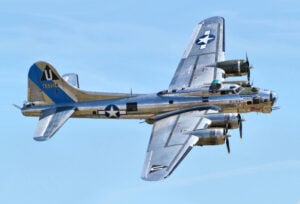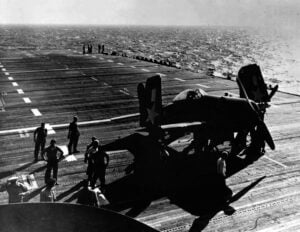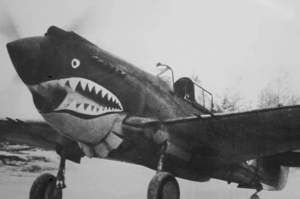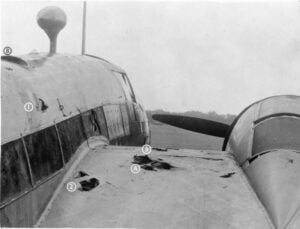Why Britain’s Airacobra Never Became Popular
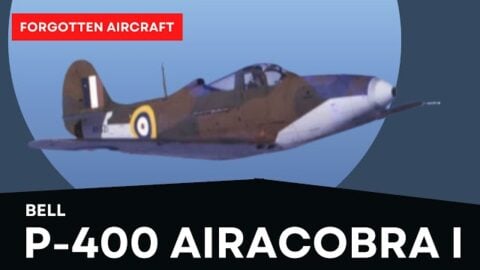
YouTube / Ed Nash's Military Matters
The Bell P-400—initially dubbed the “Caribou” and better known as the Airacobra I—was written off as a failure by the Royal Air Force. But in a twist few expected, the same aircraft would go on to earn a surprising legacy in the hands of Soviet pilots.
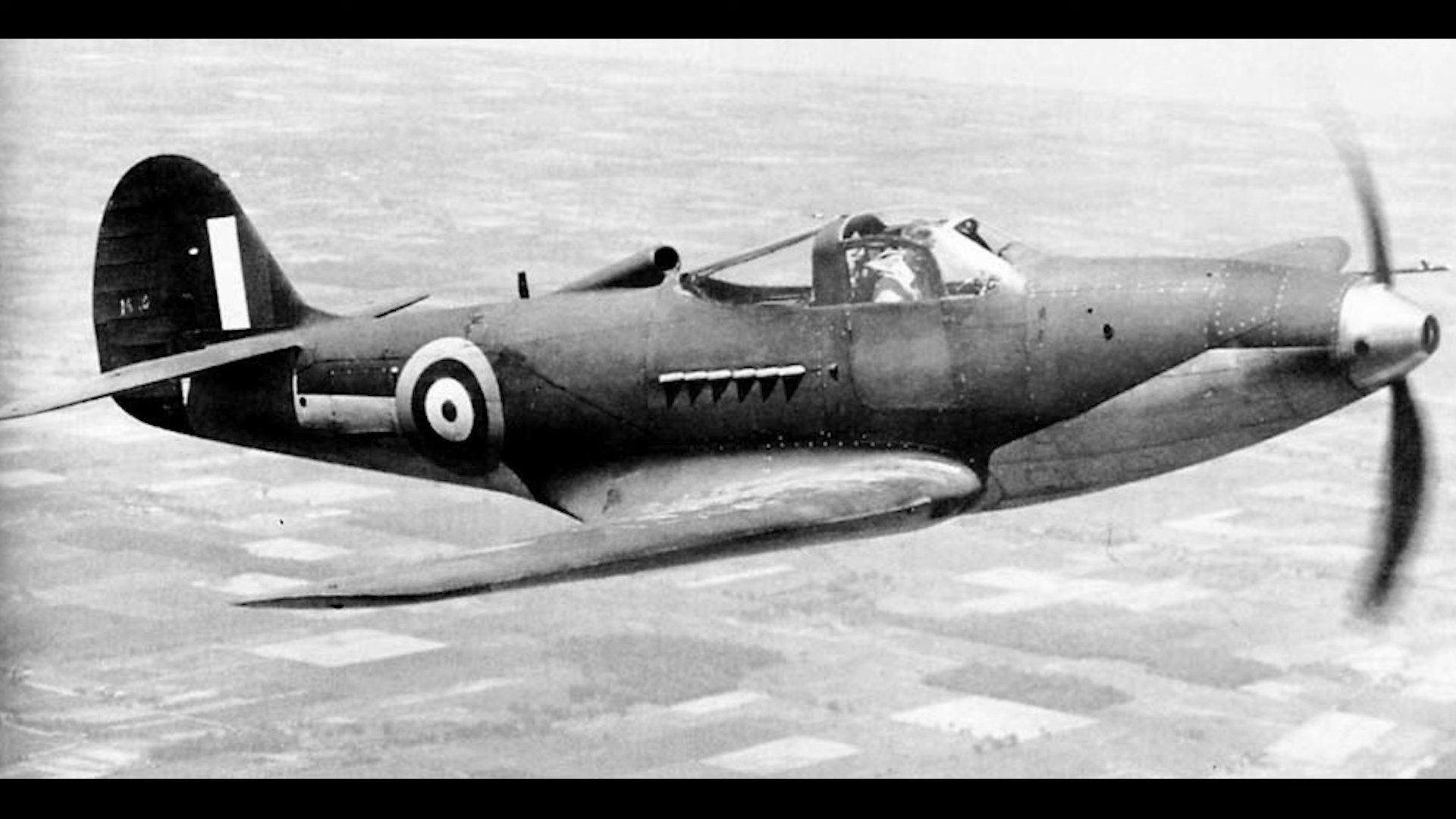
Roots
In April 1938, Bell Aircraft flew the prototype of a radical new fighter: the XP-39. Designed to exceed 400 mph, the aircraft featured a novel layout, placing its Allison V-12 engine behind the pilot. This opened up space in the nose for a 37 mm cannon—a massive upgrade in firepower at a time when most fighters carried only rifle-caliber machine guns.
The concept drew early interest from foreign buyers. In April 1940, the British placed orders for the Bell Model 14. This variant, equipped with a 20 mm Hispano cannon and six machine guns, seemed like a solid investment. Nicknamed “Caribou,” it was powered by a 1,150 hp Allison V-1710 E4 engine and looked promising—on paper.
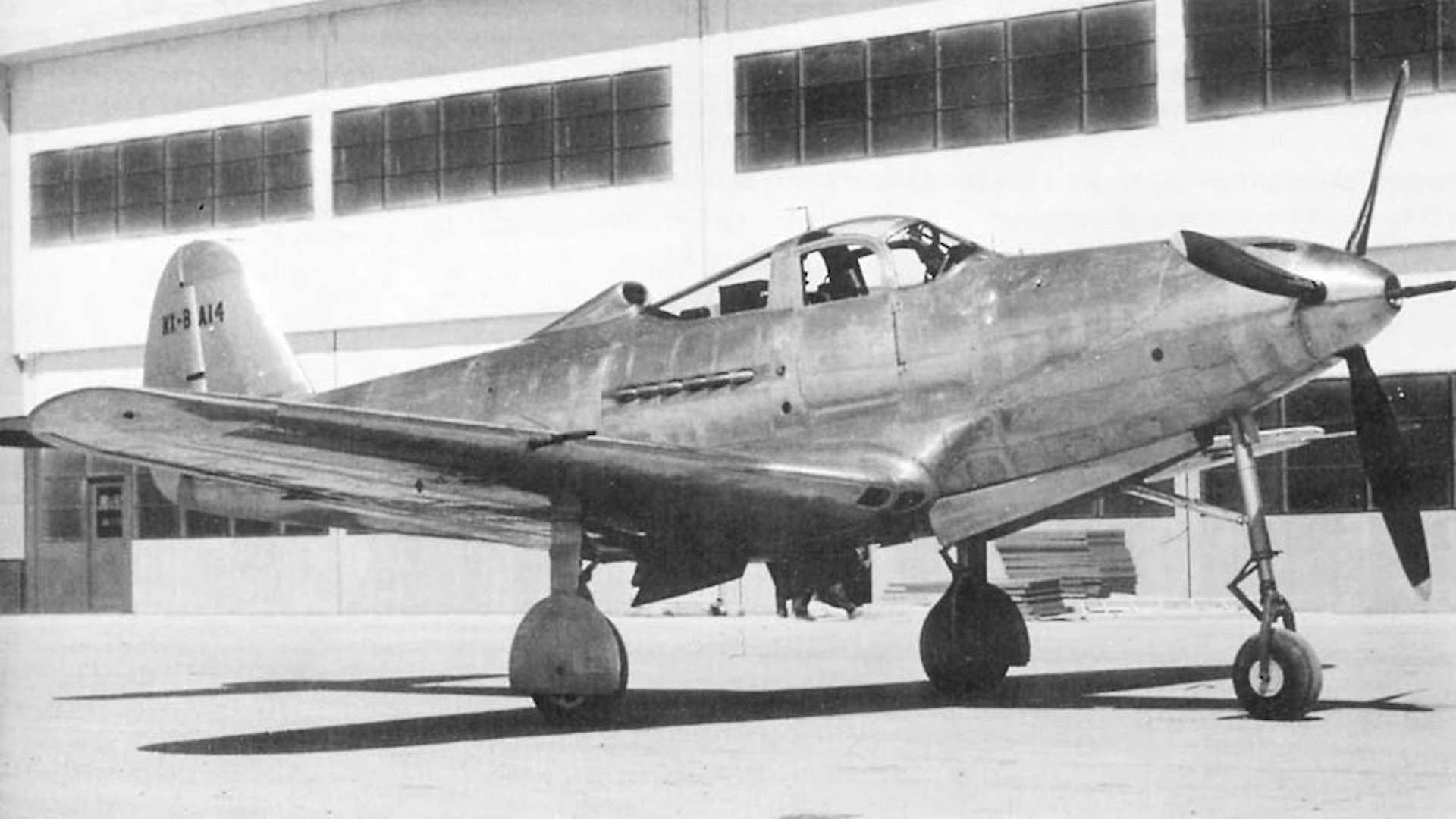
A Dilemma
After France fell in mid-1940, the RAF inherited the full 675-plane order. But when deliveries began, the Airacobra’s shortcomings became clear. It had a sluggish turnaround time, required longer runways than Spitfires or Hurricanes, and—most critically—struggled at high altitude. RAF testing concluded it simply couldn’t compete with German fighters in high-altitude combat, making it unsuitable for Britain’s air defense needs.
Now stuck with a large inventory of subpar fighters, the British looked to offload them. Luckily, the entry of the United States into the war in December 1941 created an immediate demand for combat aircraft.
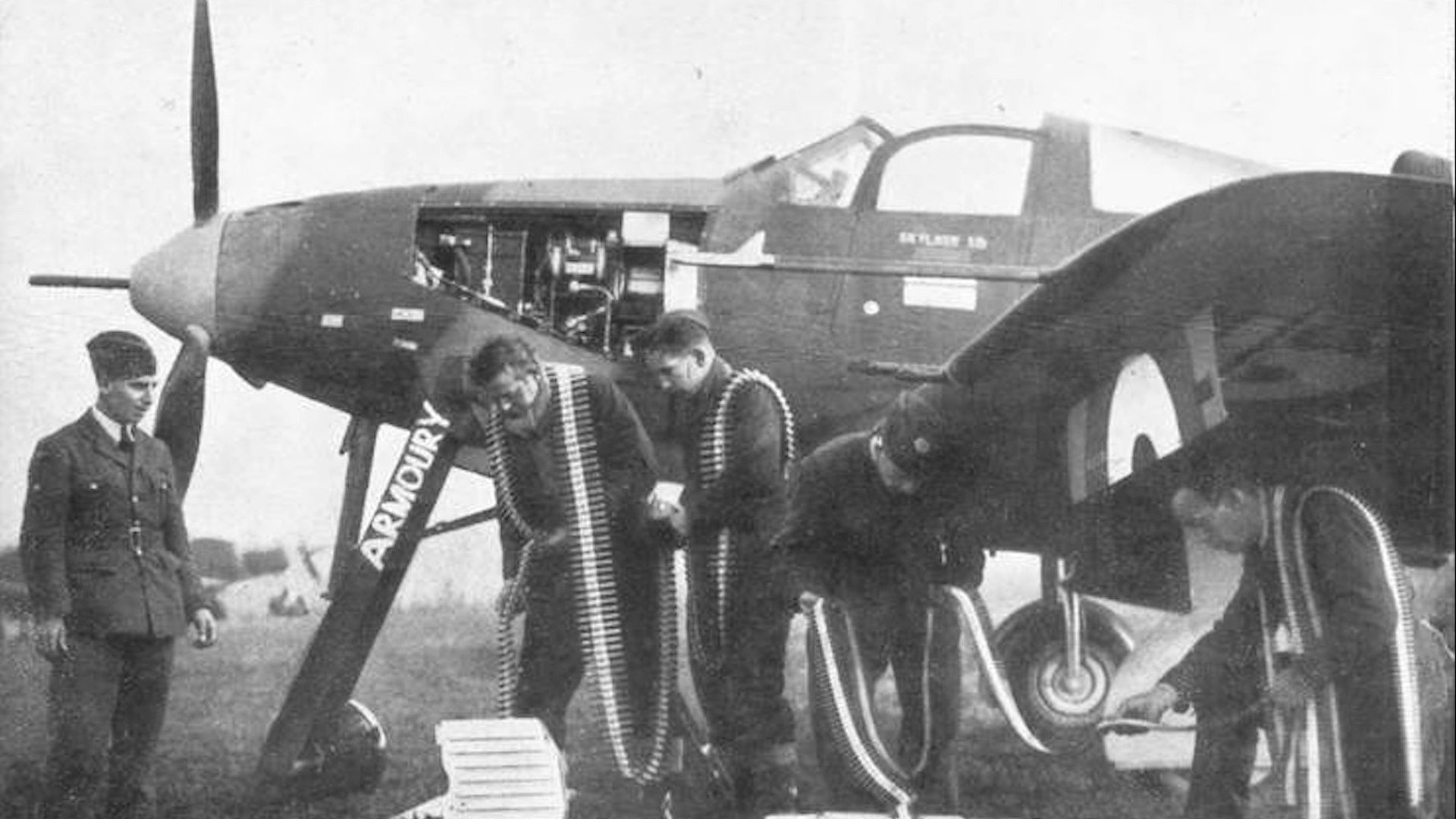
The P-400
Around 200 Airacobras destined for the RAF were diverted to U.S. forces and re-designated as P-400s. Some were sent to the Pacific Theater, arriving in time for the Guadalcanal campaign. Wearing their British camouflage, the P-400s had mixed results. Their poor high-altitude performance remained a liability, but at low level, they held their own against Japanese fighters—including the nimble Zero.
Rugged construction and heavy armament gave the P-400 an edge in ground-attack roles. As better aircraft became available, however, the P-400 was quickly phased out.
P-400s also saw action in North Africa, flying with the 81st and 350th Fighter Groups. While not standout performers, they contributed effectively in low-altitude support roles, particularly as fighter-bombers.
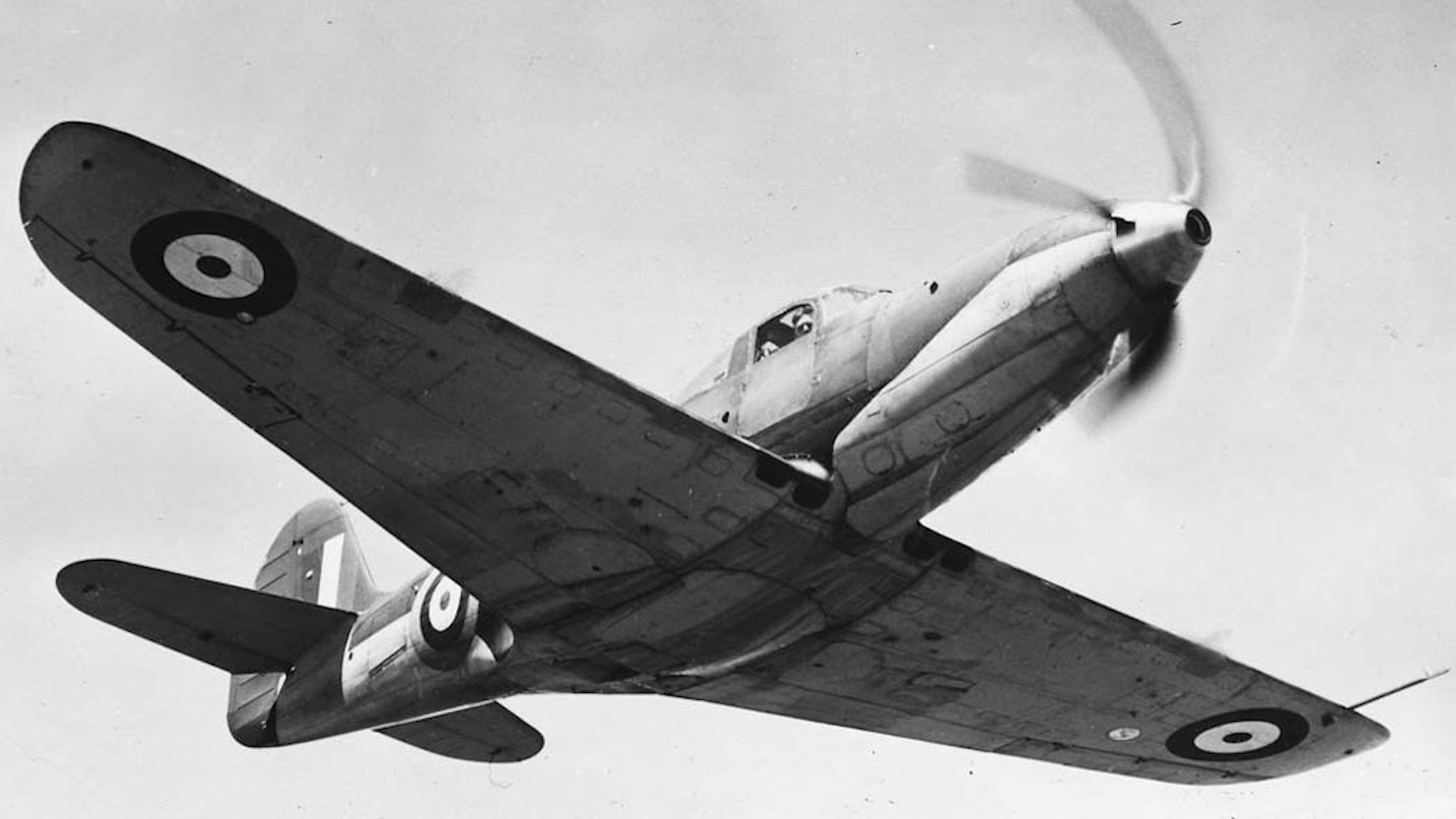
A Second Life in the Soviet Union
It was in the Soviet Union, however, that the P-400—and later P-39—earned its most glowing reviews. The Soviets received 212 British-supplied P-400s, and their pilots quickly grew fond of them.
Why the stark contrast in opinion compared to the RAF? Simple: the Soviets didn’t need high-altitude fighters. Most of their air combat occurred at low to medium altitudes, supporting ground forces and intercepting tactical German bombers. In these conditions, the P-400 performed exceptionally well.
Its nose-mounted cannon, tough airframe, and solid firepower made it ideal for brutal Eastern Front fighting. As the war continued, thousands more Airacobras would be shipped to the USSR under Lend-Lease. Soviet aces like Alexander Pokryshkin would go on to score dozens of kills in the type.
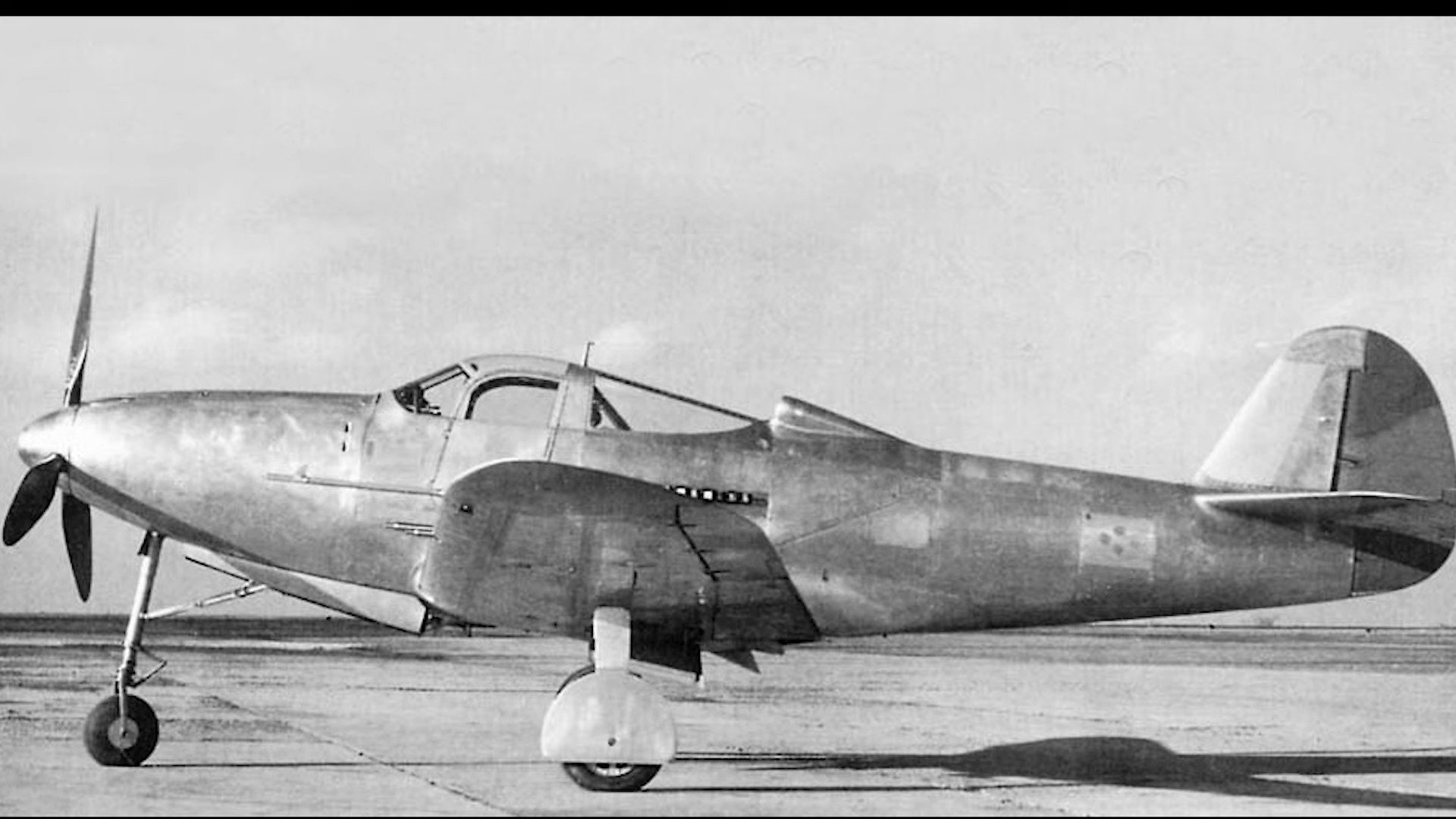
A Misjudged Machine
Though written off by the British, the P-400 found a second wind where it mattered most. Its design was far from perfect, but in the right theater, under the right conditions, it proved to be a formidable warplane.














